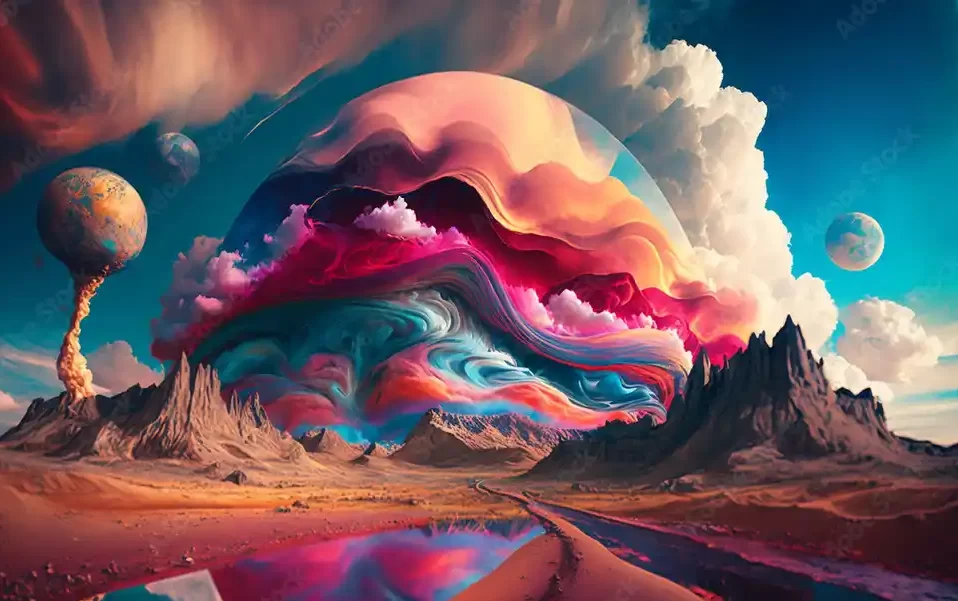AI art generation is a fascinating field where artificial intelligence, particularly machine learning algorithms, is used to create or assist in creating visual art. There are several approaches to AI art generation, including:
- Generative Adversarial Networks (GANs): The generator creates images, while the discriminator tries to distinguish between real and generated images. Through this adversarial process, GANs can generate highly realistic images, sometimes indistinguishable from those created by humans.
- Variational Autoencoders (VAEs): VAEs are another type of generative model that learns a low-dimensional representation of input data and generates new samples from this learned representation. VAEs are often used for image generation and manipulation tasks.
- Style Transfer: Style transfer techniques involve transferring the style of one image onto another, effectively creating new images that combine the content of one image with the style of another. Deep learning models, particularly convolutional neural networks (CNNs), are commonly used for style transfer tasks.
- Neuroevolutionary Algorithms: These algorithms simulate evolution to evolve images or art. They use genetic algorithms or other evolutionary computation techniques to generate images iteratively, selecting the fittest ones based on certain criteria.
- Reinforcement Learning: Reinforcement learning can be used to train agents to create art by rewarding them based on certain criteria such as aesthetics, novelty, or adherence to specific styles.
- Interactive Systems: Some AI art generation systems involve interaction with humans, where users provide input or guidance to the AI system, which then generates or modifies art accordingly.
These approaches have been used in various applications, including creating original artworks, assisting artists in their creative process, generating art for design and entertainment purposes, and even exploring the boundaries of creativity and artificial intelligence. AI-generated art has sparked both excitement and debate within the art world, raising questions about authorship, creativity, and the role of technology in artistic expression.
